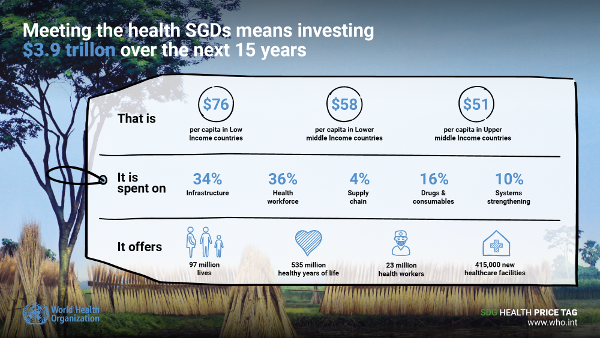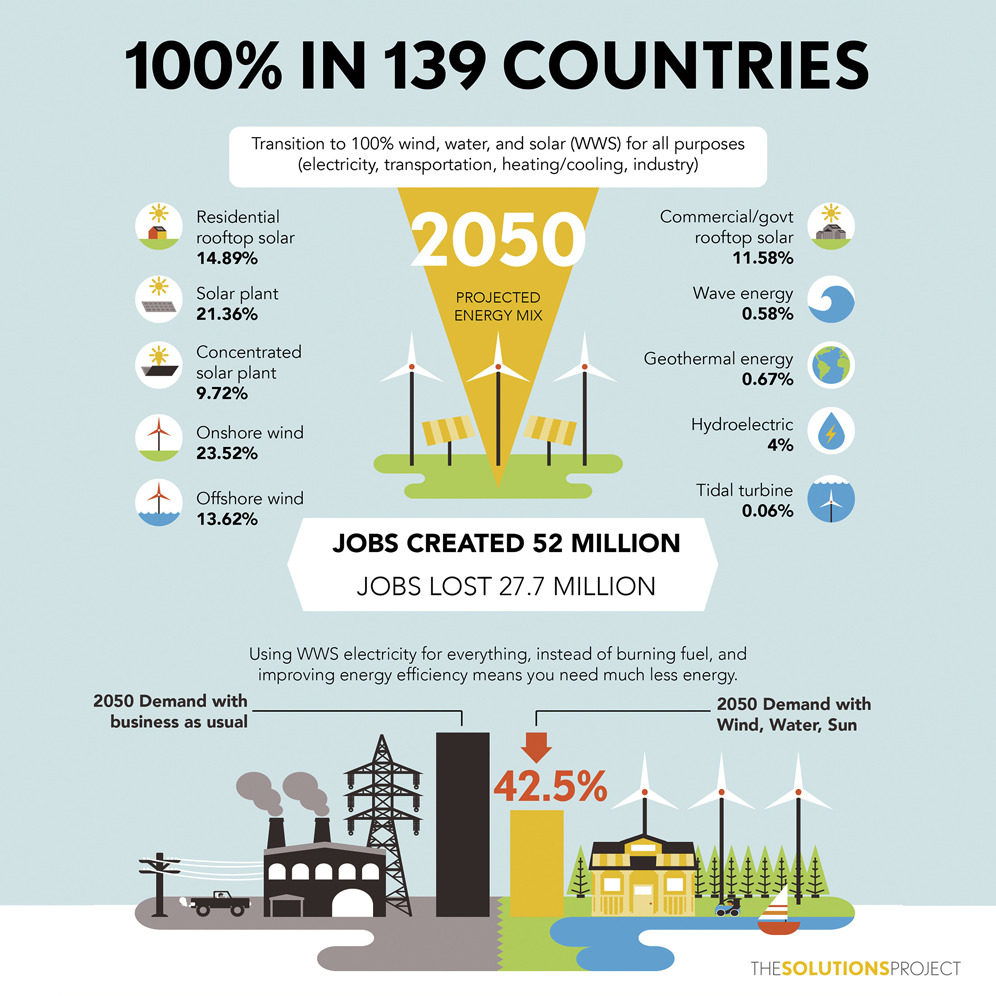Elsevier, Cognition, Volume 166, September 2017
Previous research suggests that when individuals encounter new information, they interpret it through perceptual ‘filters’ of prior beliefs, relevant social identities, and messenger credibility. In short, evaluations are not based solely on message accuracy, but also on the extent to which the message and messenger are amenable to the values of one's social groups. Here, we use the release of Pope Francis's 2015 encyclical as the context for a natural experiment to examine the role of prior values in climate change cognition.
Elsevier, The Lancet Global Health, Volume 5, September 2017
Background The ambitious development agenda of the Sustainable Development Goals (SDGs) requires substantial investments across several sectors, including for SDG 3 (healthy lives and wellbeing). No estimates of the additional resources needed to strengthen comprehensive health service delivery towards the attainment of SDG 3 and universal health coverage in low-income and middle-income countries have been published. Methods We developed a framework for health systems strengthening, within which population-level and individual-level health service coverage is gradually scaled up over time.
Elsevier, Materials Today Energy, Volume 5, September 2017
A climate mitigation comprehensive solution is presented through the first high yield, low energy synthesis of macroscopic length carbon nanotube (“CNT”) wool from CO2 by molten carbonate electrolysis. The CNT wool is of length suitable for weaving into carbon composites and textiles. Growing CO2 concentrations, and the concurrent climate change and species extinction, can be addressed if CO2 becomes a sought resource rather than a greenhouse pollutant.
Elsevier, Sustainable Materials and Technologies, Volume 13, September 2017
Nanoscience is an inspiring and influential discipline of science which have accessible numerous novel and cost-effective yields and applications. Currently, nanotechnology research has been empowering more in agricultural sector, food process and medicinal industries. The surface area to volume ratio of nanoparticles is quite large which have 1–100 nm size. Nanomaterials have superior bioavailability than larger particles, resulting in greater utilization in single cells, tissues and organs.
Elsevier, Joule, Volume 1, 6 September 2017
We develop roadmaps to transform the all-purpose energy infrastructures (electricity, transportation, heating/cooling, industry, agriculture/forestry/fishing) of 139 countries to ones powered by wind, water, and sunlight (WWS). The roadmaps envision 80% conversion by 2030 and 100% by 2050. WWS not only replaces business-as-usual (BAU) power, but also reduces it ∼42.5% because the work: energy ratio of WWS electricity exceeds that of combustion (23.0%), WWS requires no mining, transporting, or processing of fuels (12.6%), and WWS end-use efficiency is assumed to exceed that of BAU (6.9%).
Elsevier, Journal of Transport and Health, Volume 6, September 2017
Background Urban transport related exposures and practices are associated with a significant burden of morbidity and premature mortality, which could be prevented by changing current practices. Cities now have access to an increasingly wide range of transport policy measures which continue to expand. However, the health impacts of these measures are not always explicitly defined or well understood and therefore may not be sufficiently considered when selecting policy measures.
Elsevier, Economic Analysis and Policy, Volume 55, 1 September 2017
This paper extends the debate about redressing persistent gender inequality in Australia by examining the relationship between labour productivity and the wage gap in all states and territories (1986–2013). It is a critical case study as Australia's widening gender wage gap is contrary to other developed nations. Using four different estimation methods, we find that reducing the gap by 10% can boost per capita output up to 3%. To check the robustness of our findings, we also control for the effects of both physical and human capital.
Elsevier, The Lancet HIV, Volume 4, September 2017
Background Data for on-demand pre-exposure prophylaxis (PrEP) are scarce. We implemented a cohort study to assess its efficacy, safety, and effect on sexual behaviour. Methods We invited men and transgender women who have sex with men, previously enrolled in the randomised placebo-controlled ANRS IPERGAY trial at seven sites (six in France and one in Canada), to participate in an open-label extension with on-demand tenofovir disoproxil fumarate (300 mg) and emtricitabine (200 mg) to be taken before and after sexual intercourse.
Elsevier, Ecological Modelling, Volume 360, 24 September 2017
Megacities contain at least 10 million people whose wellbeing largely depends on ecosystem services provided by remote natural areas. What is, however, most often disregarded is that nature conservation in the city can also contribute to human wellbeing benefits. The most common mind set separates cities from the rest of nature, as if they were not special kinds of natural habitats.
Elsevier, Women's Studies International Forum, Volume 64, September 2017
Given the increased vulnerability to, and rise in reports of, sexual violence in post-disaster situations this article seeks to explore the role of self-defense programmes as a response to addressing violence against women and girls. It draws on the authors’ experience of post-earthquake Nepal in 2015. We argue that self-defense training can play a crucial role in challenging normative gender roles, raising confidence and self-esteem in girls and women during and post disaster, and call for further research to take place at the local level to explore this important issue further.


